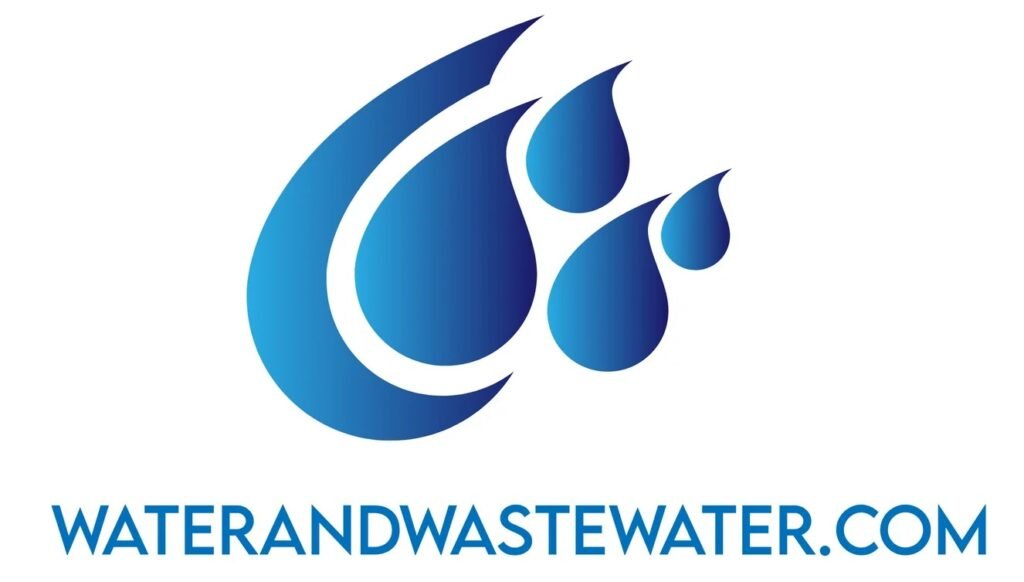Tag: challenge
Sedimentation is a natural process where small particles like soil and debris are transported by water and settle in a different location. This process is crucial in shaping landscapes and maintaining ecosystems. Yet, in human activities, sedimentation can lead to problems, especially when it comes to water quality and infrastructure. Understanding sedimentation is important because […]
Membrane filtration is a crucial technology in the modern water treatment industry. It addresses various contaminants in water, making it safer for consumption. This method is particularly effective in removing particles, bacteria, and even some chemicals from the water supply. What makes membrane filtration stand out is its efficiency and versatility. High-pressure membrane systems can […]
Carbon Quantum Dots for Water Sensing: A Comprehensive Analysis Introduction Water quality monitoring is crucial for the protection of human health and the environment. The increasing presence of chemical pollutants, heavy metals, and microbial contaminants in water sources necessitates innovative and efficient monitoring solutions. Traditional methods, such as chemical analysis and microbiological assays, […]
Secondary Treatment of Wastewater: A Comprehensive Overview Wastewater treatment is a critical process in modern society, aimed at removing impurities and contaminants from water before it is released back into natural water bodies or reused. The treatment process is generally divided into three main stages: primary, secondary, and tertiary treatment. Each stage serves a […]
Water regulation is vital for protecting public health and the environment. Across the United States, various agencies set and update standards to ensure safe water quality. States and authorized tribes develop specific standards relevant to their local situations, which must be reviewed and approved by the U.S. Environmental Protection Agency (EPA). These standards are essential for […]
Water is an indispensable resource for life and industrial activities. Effective water treatment is hence critical for maintaining public health and environmental quality. One emerging technology that is offering significant advancements in water and wastewater treatment is pile cloth media filtration. This article will delve into the intricacies of pile cloth media filtration, its applications, […]
Philadelphia Water Department Southwest Water Pollution Control Plant: A Cornerstone of Urban Water Management In the realm of urban infrastructure, certain facilities stand as silent sentinels, toiling ceaselessly to sustain the quality of life for millions. The Philadelphia Water Department’s Southwest Water Pollution Control Plant (SWPCP) is one such facility—a crucial component in the […]
A Comprehensive Guide on Content Development and Digital Strategy for Businesses Digital transformation has become an inevitable step for businesses aiming to maintain competitiveness in today’s fast-paced, technology-driven world. Among the myriad of components that contribute to a successful digital strategy, content development stands out as one of the most critical elements. This guide delves […]
West Point Wastewater Treatment Plant: A Tidal Wave of Innovation and Community Engagement Nestled on the southwestern edge of Seattle, Washington, the West Point Wastewater Treatment Plant stands as a beacon of technological advancement and environmental stewardship. Operated by King County’s Wastewater Treatment Division, this plant is an essential part of the region’s infrastructure. […]
Filter Press in Wastewater Treatment: A Comprehensive Overview Introduction As our global population and industrial activities continue to grow, the need for effective wastewater treatment has become more pressing. One notable piece of equipment in the wastewater treatment arsenal is the filter press. This article delves into the workings, applications, types, advantages, and maintenance of […]
